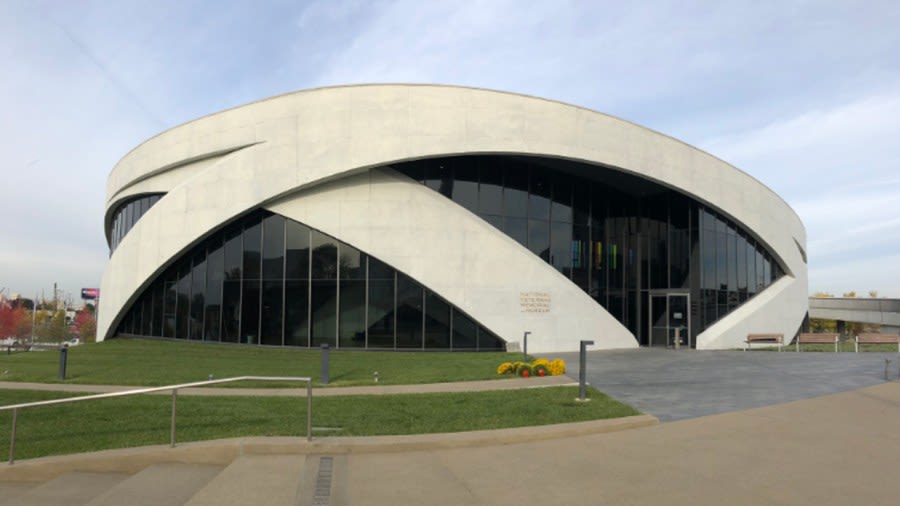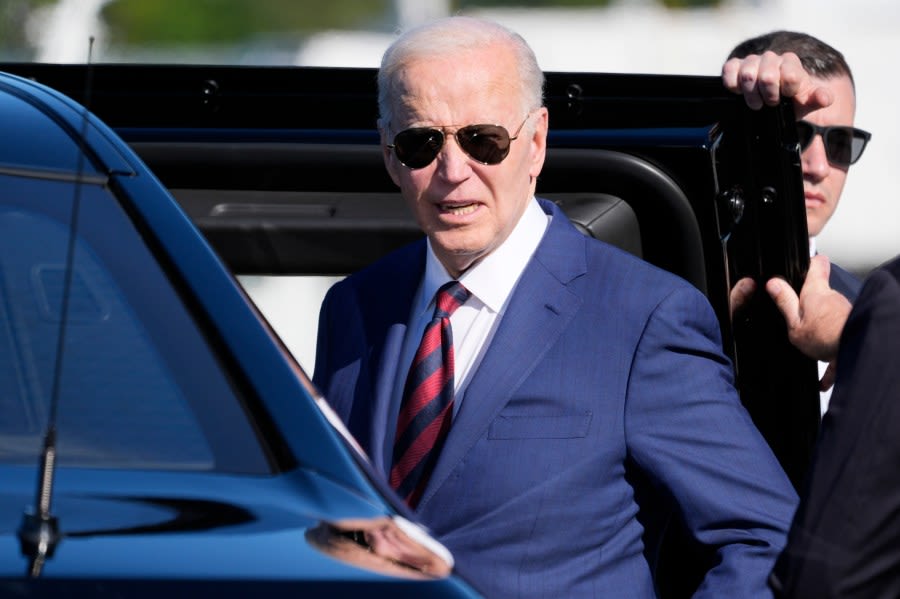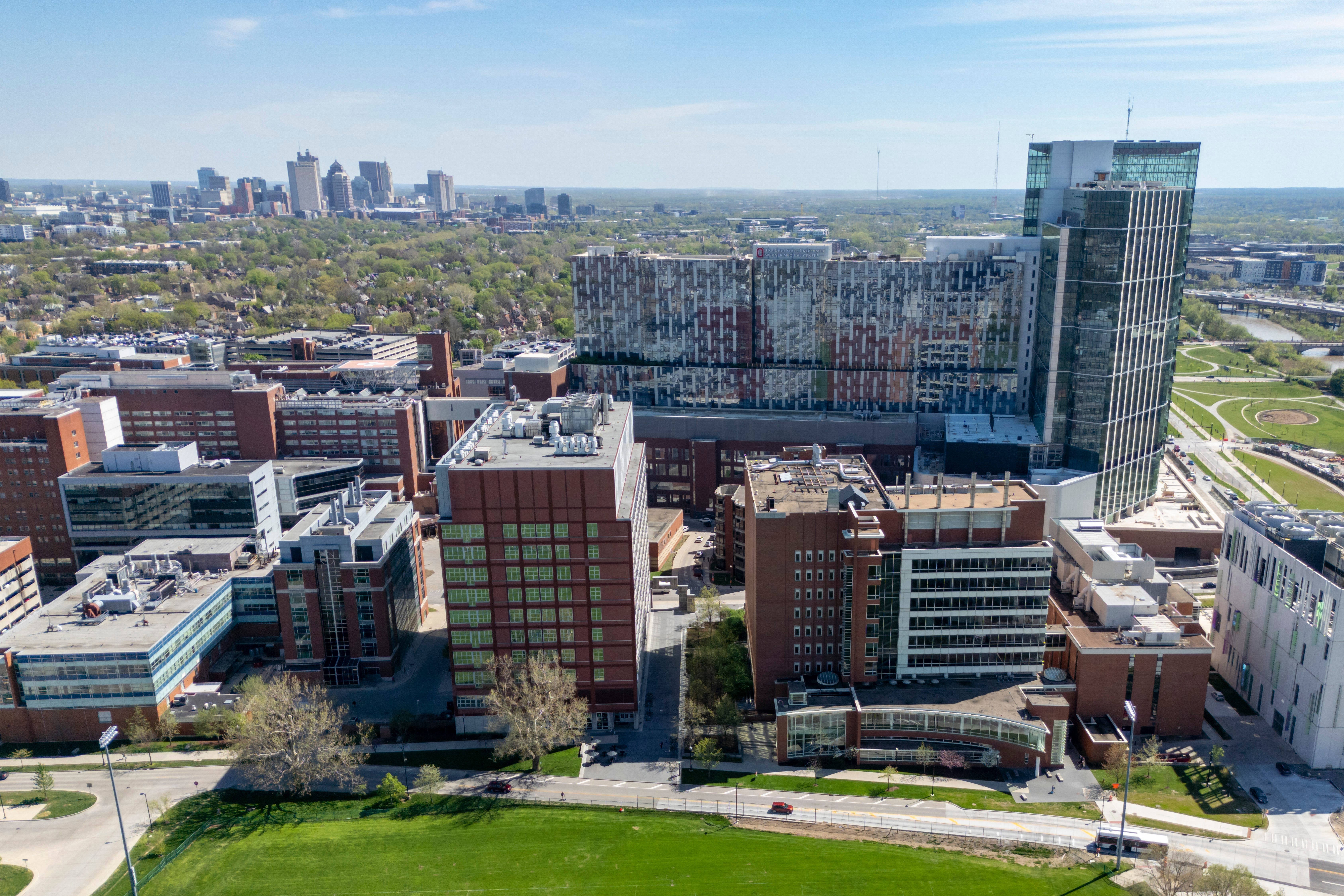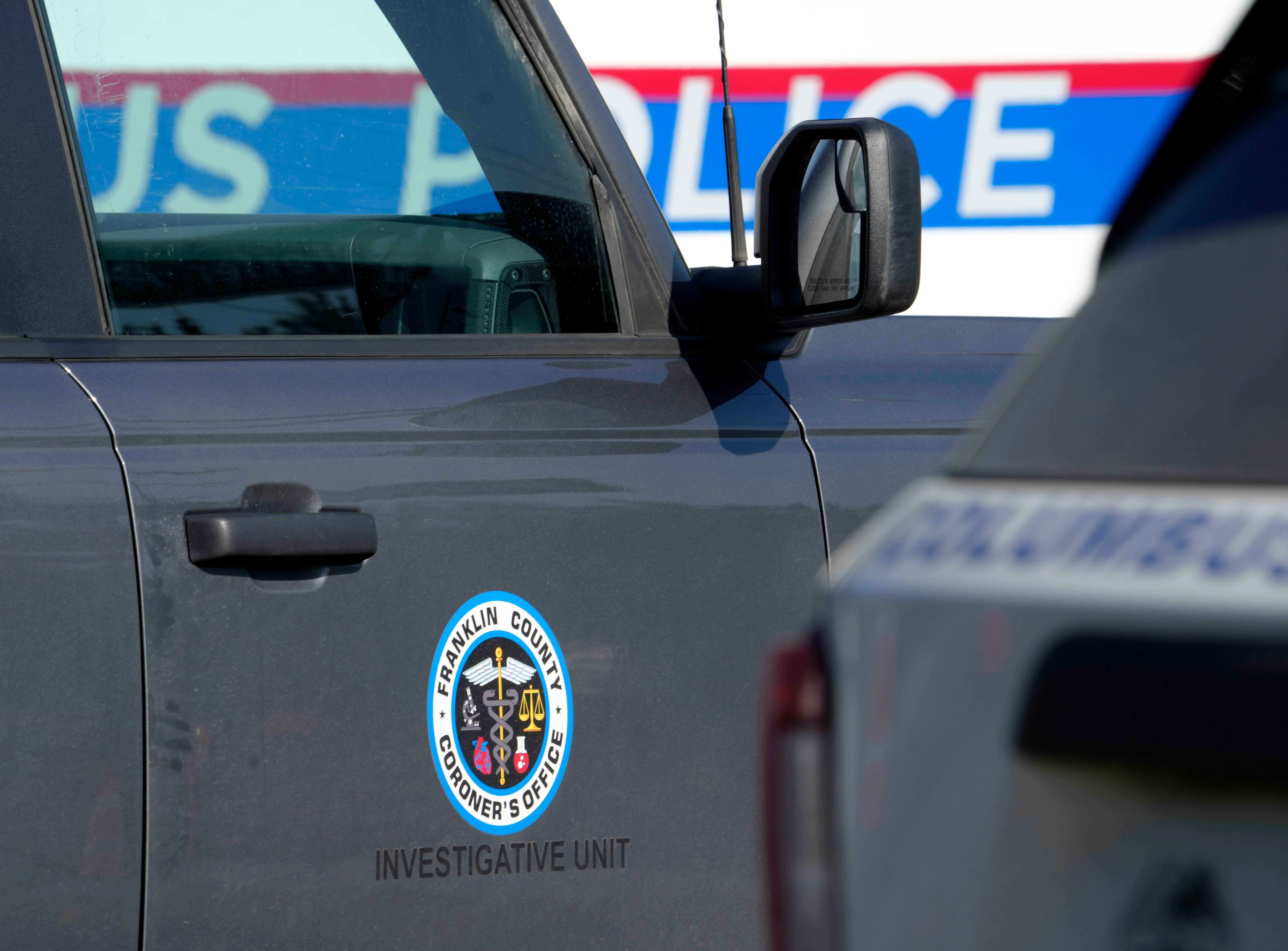Search results
Events
- MAY28SportsColumbus Clippers Vs. Lehigh Valley IronPigsHuntington Park7:05 PMMAY29
 MusicHappy Hour W/ Scott Levi Jones at Woodlands TavernWoodlands Tavern6:00 PM
MusicHappy Hour W/ Scott Levi Jones at Woodlands TavernWoodlands Tavern6:00 PM - MAY29MusicMotion City Soundtrack - I Am the Movie 20th Anniversary TourThe Bluestone7:00 PMMAY29
 MusicPopgun Happy Hour ConcertRumba Cafe7:00 PM
MusicPopgun Happy Hour ConcertRumba Cafe7:00 PM - MAY31
 MiscellaneousJosey Scott W/ TraptThe KING of CLUBS - Columbus6:30 PMMAY31
MiscellaneousJosey Scott W/ TraptThe KING of CLUBS - Columbus6:30 PMMAY31 MiscellaneousThe on Our Sleeves Movement for Childrens Mental HealthLower.com Field8:00 PM
MiscellaneousThe on Our Sleeves Movement for Childrens Mental HealthLower.com Field8:00 PM
Columbus ( / kəˈlʌmbəs /, kə-LUM-bəs) is the capital and most populous city of the U.S. state of Ohio. With a 2020 census population of 905,748, [10] it is the 14th-most populous city in the U.S., the second-most populous city in the Midwest after Chicago, and the third-most populous U.S. state capital after Phoenix, Arizona and Austin ...
- Overview
- History
- The contemporary city
Columbus, city, Franklin, Fairfield, and Delaware counties, capital (1816) of Ohio, U.S., and seat (1824) of Franklin county. It is situated in the central part of the state on the relatively flat Ohio till plain, at the junction of the Scioto and Olentangy rivers. Columbus is at the centre of a metropolitan complex that includes Dublin (northwest)...
Columbus was planned in 1812 as a political centre by the Ohio legislature and was named for Christopher Columbus. The state government moved to the city in 1816 from Chillicothe, and Columbus later absorbed the nearby earlier settlement of Franklinton (founded 1797). The city experienced significant growth after a feeder branch of the Ohio and Erie Canal was opened to it in 1831 and the Cumberland (National) Road from Maryland reached it in 1836. The first railroad arrived in 1850, further stimulating development.
Britannica Quiz
U.S. State Capitals Quiz
During the American Civil War, Columbus became a major staging area for Union forces, and Camp Chase, one of the North’s largest facilities for Confederate prisoners of war, was built on the city’s west side. The local economy continued to boom after the war. Columbus became one of the country’s major manufacturers of horse-drawn vehicles. By 1900, when the population exceeded 125,000, the city had emerged as an important transportation and commercial centre. Following damaging floods in 1913, the Scioto River was widened and levees, retaining walls, and bridges constructed, which allowed riverfront development.
In the early 21st century the fastest-growing sectors of the local economy were education and health, transportation and utilities, and professional and business services. High-technology industries and manufacturing (automobiles, motorcycles, communications equipment, steel and steel products, and nutritional supplements) were also important. The city’s favourable geographic position was enhanced by the presence of main-line railroads, an extensive highway network, and an international airport. Nearly half of the U.S. population was located within a 500-mile (about 800-km) radius of Columbus.
The main campus of the Ohio State University (1870), which has one of the largest enrollments of any American university, occupies a large site north of downtown. Other institutions of higher learning include Franklin University (1902), Capital University (1830), Ohio Dominican College (1911), Otterbein University (1847), Pontifical College Josephinum (1888), Columbus College of Art and Design (1879), Columbus State Community College (1963), and state schools for the hearing and visually impaired. Notable research organizations are Battelle Memorial Institute (1929; technology), the Orton Ceramic Foundation, and the Chemical Abstracts Service. The federal government operates a large military supply centre and other facilities. Many of the state’s institutions and offices and the state fairgrounds are in the city. The Ohio Statehouse (a limestone structure in Doric style, completed in 1861) has a monument by sculptor Levi Tucker Scofield.
Exclusive academic rate for students! Save 67% on Britannica Premium.
Learn More
- The Editors of Encyclopaedia Britannica
News about USPS, Ghost Army, Memorial Day
News about Ohio, African royals, ballot
Also in the news
People also ask
Where is Columbus Ohio located?
What is Columbus Ohio known for?
Is Columbus a city?
Is Columbus Ohio a good place to live?
Explore popular experiences. See what other travelers like to do, based on ratings and number of bookings. See All. Fun & Games (10) Self-guided Tours (9) Historic Sites (7) Mountain Bike Tours (3) Private Sightseeing Tours (3) Gardens (6) Top Picks. Private Drivers (4) Flea & Street Markets (5) Cultural & Theme Tours (1) Art Museums (4)
Columbus is the capital of the American state of Ohio and is located centrally within the state as the core of the Greater Columbus area. Sited in an area where the Rust Belt, Bible Belt, Appalachia, and the Farm Belt meet, Columbus is a fusion of many different parts of America.
- Schiller Park. Visit website Get directions. Schiller Park is a scenic city park found in the German Village to the south of downtown. This urban park is, notably, the second-oldest park in Columbus after Goodale Park.
- Franklin Park Conservatory and Botanical Gardens. Visit website Get directions. The Franklin Park Conservatory and Botanical Gardens is one of the most famous Ohio landmarks.
- German Village Historic District. Visit website Get directions. One of the most interesting historical places in Columbus, Ohio, is the German Village Historic District.
- Jefferson Avenue Historic District. Get directions. The Jefferson Avenue Historic District in Downtown Columbus is a well-known area that's listed on the National Register of Historic Places.
Jun 26, 2019 · Discover the energy and excitement of Ohio's capital city, filled with arts, fashion, dining, and history. Explore the Short North, German Village, the National Veterans Memorial and Museum, and more.
Columbus, City (pop., 2020: 905,748), capital of Ohio, U.S. Located at the junction of the Scioto and Olentangy rivers, the city was planned in 1812 as a political centre and sited opposite the original 1797 settlement of Franklinton; the state government moved to the city in 1816.












































